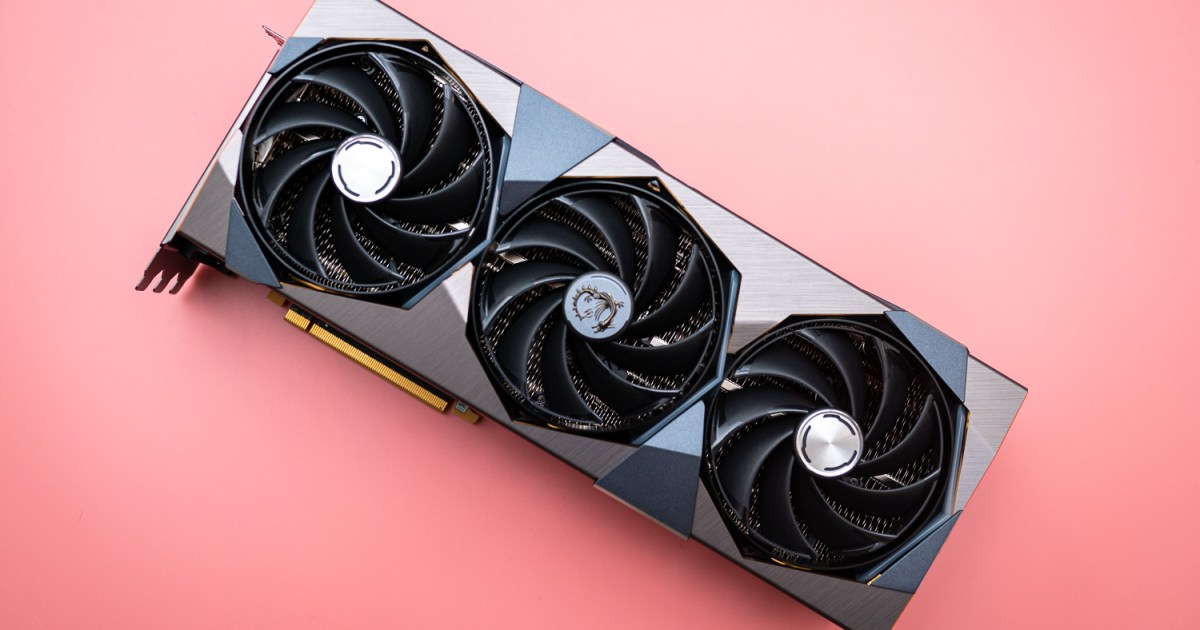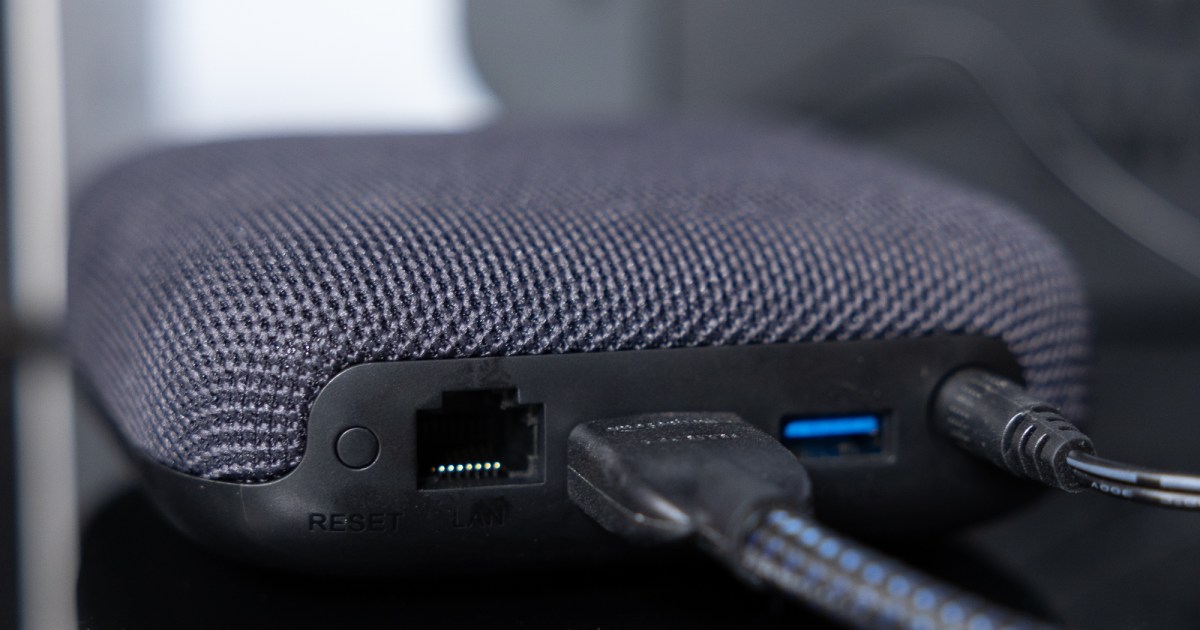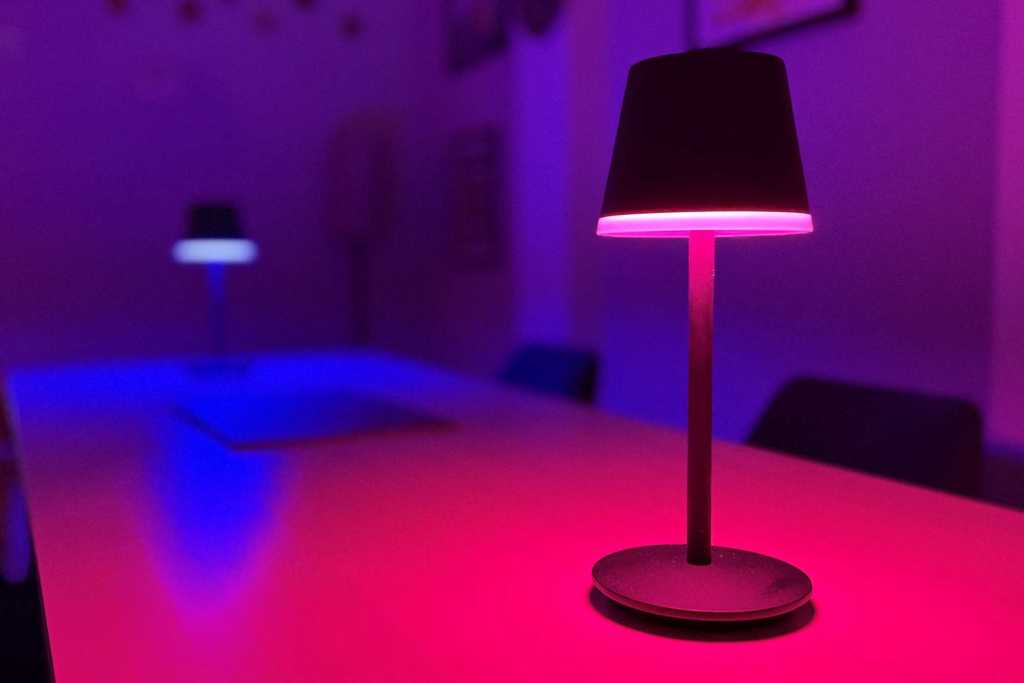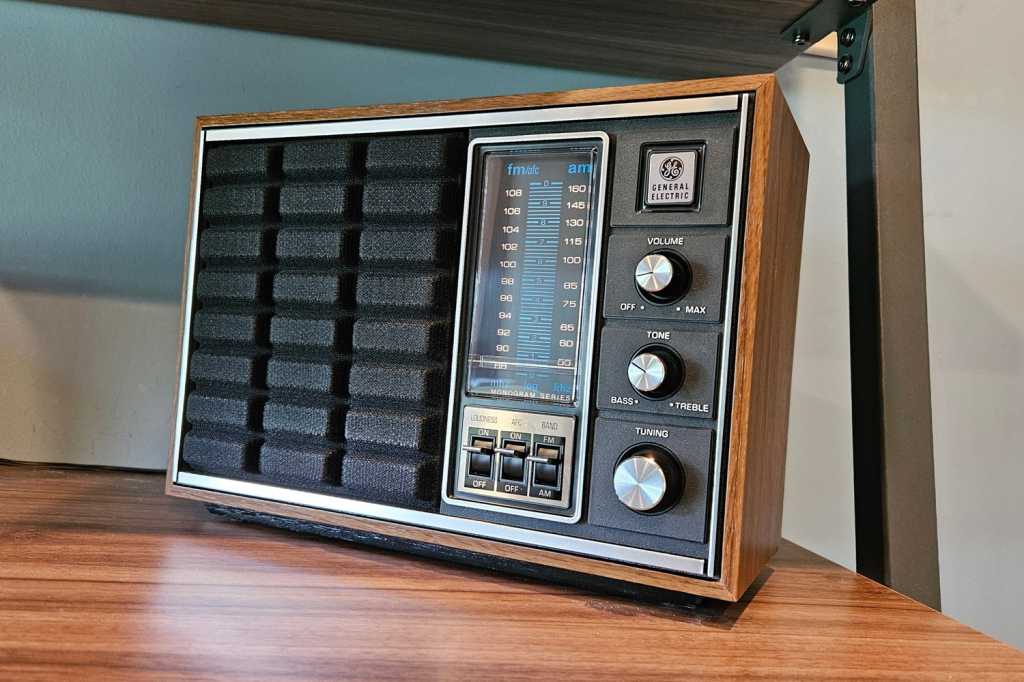GDDR7 memory represents the cutting edge in graphics card technology, already making its presence felt in some of the top-performing graphics cards available today. While GDDR6 and GDDR6X memory variants remain prevalent, GDDR7 VRAM offers significant advantages in speed and energy efficiency. This article explores everything we currently know about GDDR7.
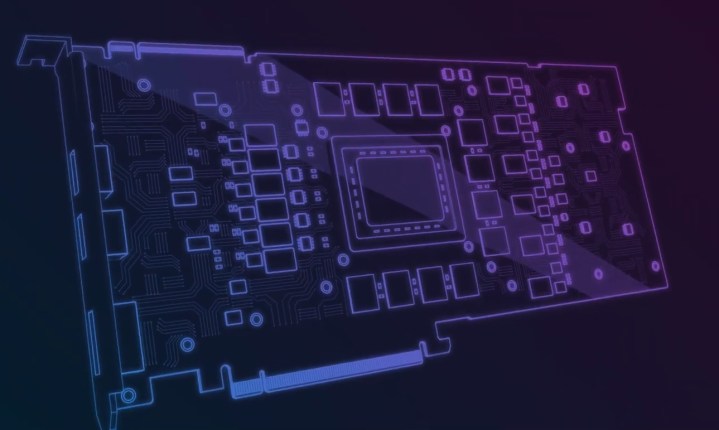 A graphic depicting the inside of a GPU.
A graphic depicting the inside of a GPU.
Understanding GDDR7
GDDR7 is the latest iteration of GPU RAM, poised to become the standard for next-generation graphics cards. Its primary purpose is to enhance bandwidth and memory capacity, crucial factors as modern games place increasingly demanding requirements on graphics hardware. With even low-setting AAA titles benefiting from 12GB or more of VRAM, future graphics cards are expected to boast even larger memory capacities across the board.
Performance is where GDDR7 truly shines, offering speeds of up to 36 Gbps. This represents a bandwidth increase of over 50% compared to GDDR6X and a substantial leap over GDDR6. Micron, a key manufacturer, has detailed the production process, highlighting the use of deep ultraviolet lithography on their advanced 1-beta (1ß) process node.
Energy efficiency is another key improvement. New read clock modes allow for optimized memory access, maximizing efficiency and minimizing power consumption. This will be particularly beneficial for gaming laptops, potentially extending battery life or enabling larger VRAM capacities for improved gaming performance.
GDDR7 vs. GDDR6 vs. GDDR6X: A Comparison
Prior to GDDR7, GDDR6X held the speed crown, running at 22.4 Gbps in cards like the Nvidia RTX 4080. AMD’s RX 7000 series, on the other hand, utilizes GDDR6, topping out at 20 Gbps.
GDDR7’s potential 36 Gbps speed represents a significant upgrade, promising a substantial boost in memory bandwidth. This could address VRAM bandwidth limitations observed in previous-generation mid-range cards, which often suffered from insufficient memory and narrow memory bus widths. However, the higher cost of GDDR7 may initially restrict its adoption to high-end graphics cards.
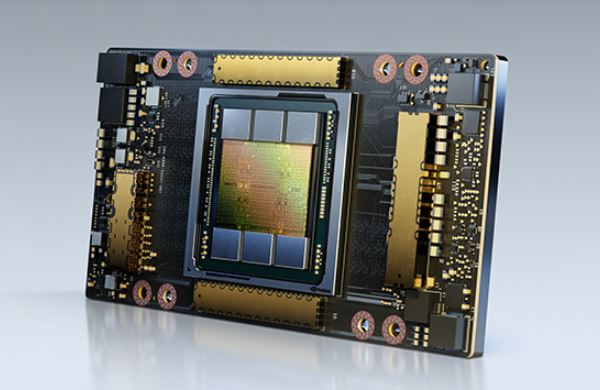 Nvidia A100 GPU
Nvidia A100 GPU
Current GPUs Featuring GDDR7
GDDR7 VRAM became available to manufacturers in early 2024. Nvidia has taken the lead, releasing the RTX 5080 and the higher-performance RTX 5090 in January 2025, both featuring GDDR7 memory.
AMD has yet to announce plans for incorporating GDDR7, opting to remain with GDDR6 for the time being. This strategy, consistent with their avoidance of GDDR6X, appears to be a cost-saving measure.
Conclusion: The Future of Graphics Memory
GDDR7 marks a significant advancement in graphics memory technology, offering substantial improvements in speed and energy efficiency. While initially confined to the high-end segment, GDDR7 is likely to become more widespread as costs decrease and adoption increases. Its higher bandwidth and improved efficiency will pave the way for even more demanding and immersive gaming experiences in the future.



